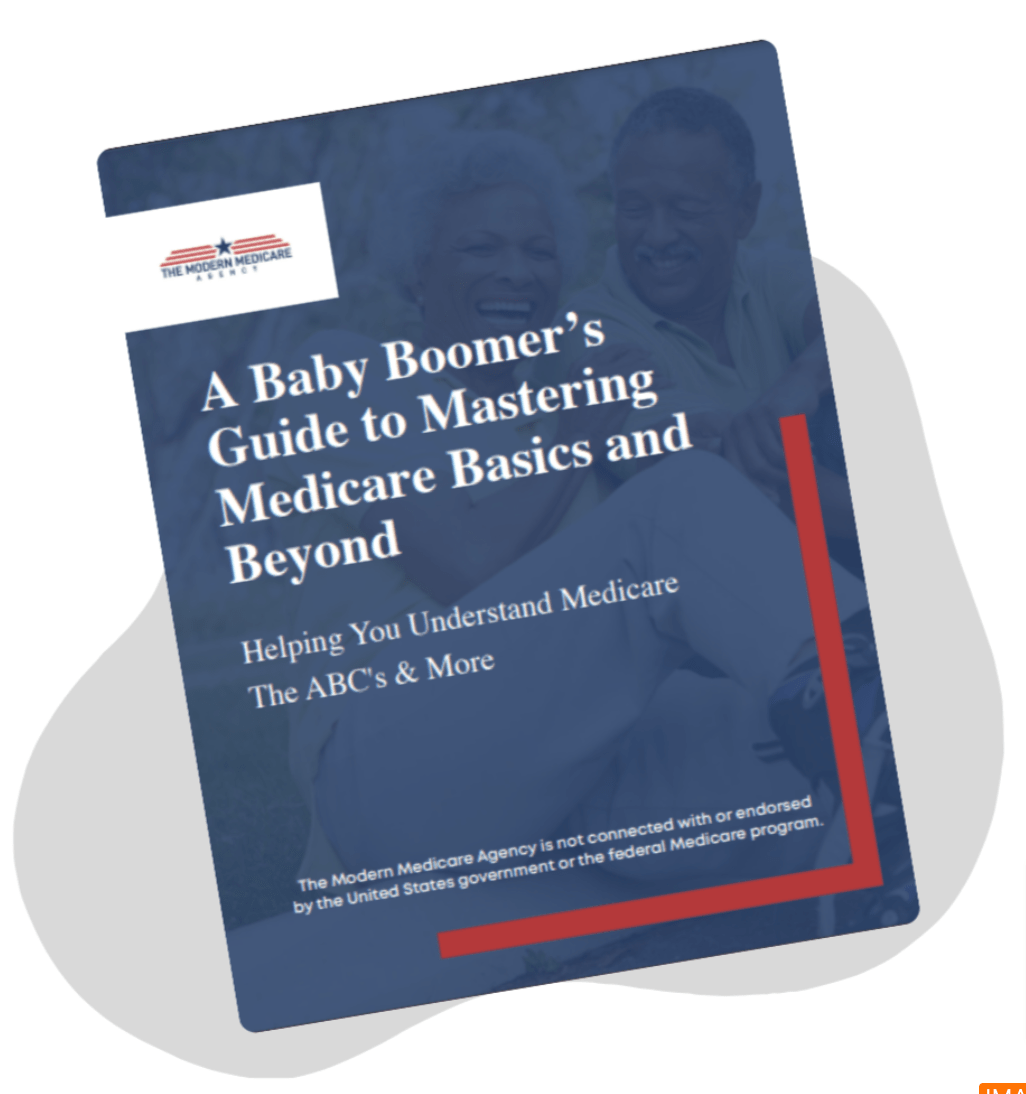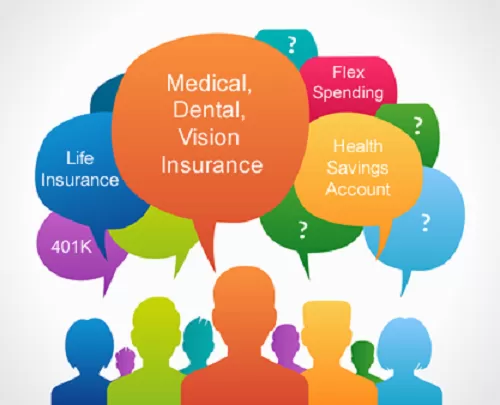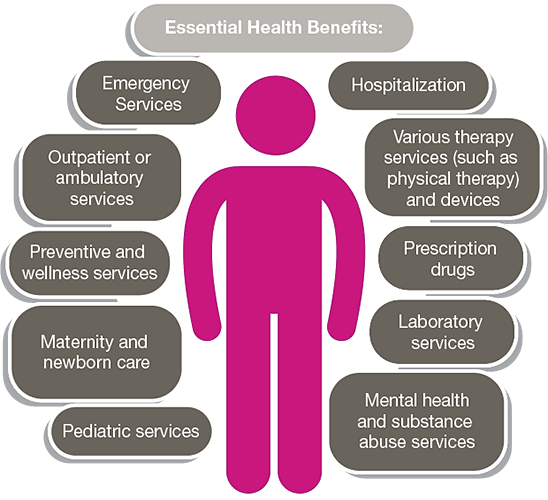Some Known Questions About Medicare Advantage Agent.
Table of ContentsRumored Buzz on Medicare Advantage AgentSome Of Medicare Advantage AgentMedicare Advantage Agent Can Be Fun For Everyone
.png)

follows from confusing the relatively young reasonably profile of account uninsured with without insurance better healthFar better wellness average, standard younger personsMore youthful For those without access to work environment health and wellness insurance coverage, poor health is a potential barrier to purchasing nongroup protection because such coverage might be extremely priced, exclude pre-existing problems, or be just unavailable. Unless otherwise kept in mind, nationwide quotes of people without health insurance policy and percentages of the population with different kinds of insurance coverage are based on the CPS, the most commonly utilized source of estimates of insurance policy coverage and uninsurance prices.

Everything about Medicare Advantage Agent
The connection in between health and wellness insurance and access to care is well developed, as documented later on in this chapter. The connection in between health and wellness insurance and health and wellness end results is neither direct neither basic, a considerable scientific and wellness services research study literary works links health and wellness insurance policy coverage
to improved enhanced accessibility care, better far better, and improved enhanced individual population populace statusCondition The 2nd record, on individual health results for without insurance grownups, is stood for by the innermost circle of the number, while the 3rd report, on family well-being, includes the subjects of the second record yet emphasizes a different system of evaluation, namely, the family.
It concentrates especially on those without any kind of wellness insurance for any length of time. The problems faced by the underinsured are in some respects comparable to those encountered by the without insurance, although they are generally less extreme. Uninsurance and underinsurance, nonetheless, entail clearly various plan problems, and the methods for resolving them may vary. Throughout this research and the five reports to follow, the main emphasis gets on persons without any health and wellness insurance coverage and thus no assistance in paying for health treatment beyond what is available through charity and safeguard establishments. Medical insurance is a powerful variable influencing receipt of care due to the fact that both individuals and doctors respond to the out-of-pocket rate of solutions. Health and wellness insurance, nonetheless, is neither needed nor sufficient to access to clinical services. Nonetheless, the independent and straight effect of wellness
insurance coverage on access to health services is well developed. Others will certainly acquire the healthcare they require even without medical insurance, by paying for it expense or seeking it from suppliers that provide treatment free or at very subsidized rates. For still others, medical insurance alone does not make sure receipt of care due to other nonfinancial obstacles, such as an absence of healthcare providers in their neighborhood, minimal access to transport, illiteracy, or etymological and cultural distinctions. Official research regarding uninsured populaces in the United States dates to the late 1920s and very early 1930s when the Board on the Cost of Treatment created a collection of reports regarding funding physician office sees and hospital stays. This issue ended up being significant as the numbers of medically indigent climbed throughout the Great Clinical depression. Empirical research studies continually sustain the link between access to care and enhanced health and wellness end results(Bindman et al., 1995; Starfield, 1995 ). Having a regular source of care can be thought about a forecaster of gain access to, instead than a straight action of it, when health outcomes are themselves used as gain access to signs. This extension of the concept of gain access to dimension was made by the IOM Committee on Checking Accessibility to Personal Wellness Treatment Provider(Millman, 1993, p. Whether parents are insured appears to affect whether or not their youngsters obtain treatment along with just how much careeven if the kids themselves have protection(Hanson, 1998). The health and wellness of parents can impact their ability to care pop over to this web-site for their children and the degree of family members stress. Fretting about their youngsters's accessibility to care is itself a source of stress for moms and dads. 3 phases comply with in this report. Phase 2 supplies a summary of how employment-based medical insurance, public programs and private insurance plan run and communicate to offer extensive yet insufficient insurance coverage of the U.S. populace. This includes a testimonial of historic trends and public laws impacting both public and private insurance policy, a discussion of the communications among the various sorts of insurance, and an exam of why individuals move from one program to another or wind up
